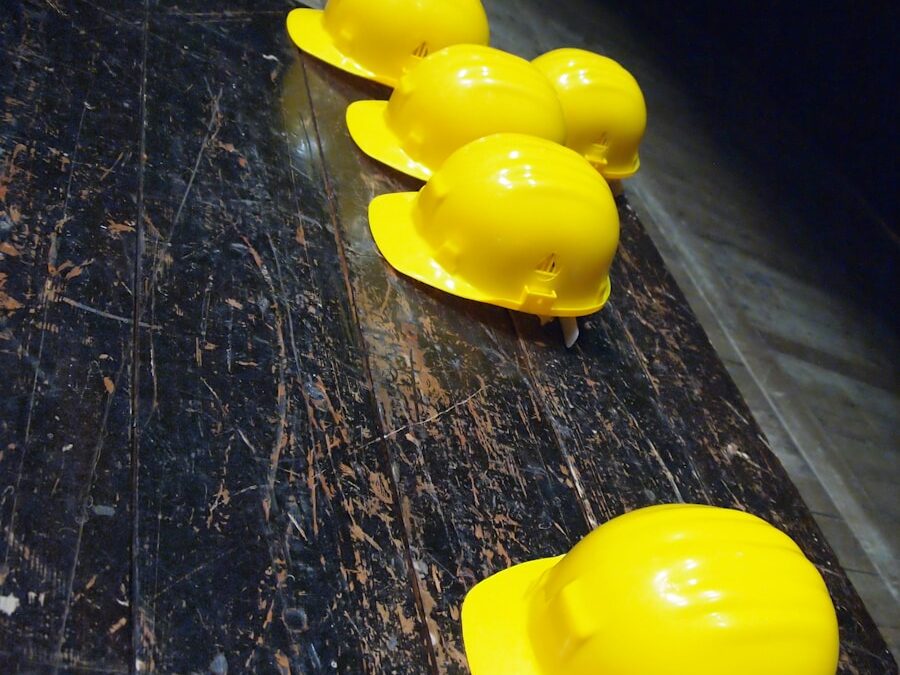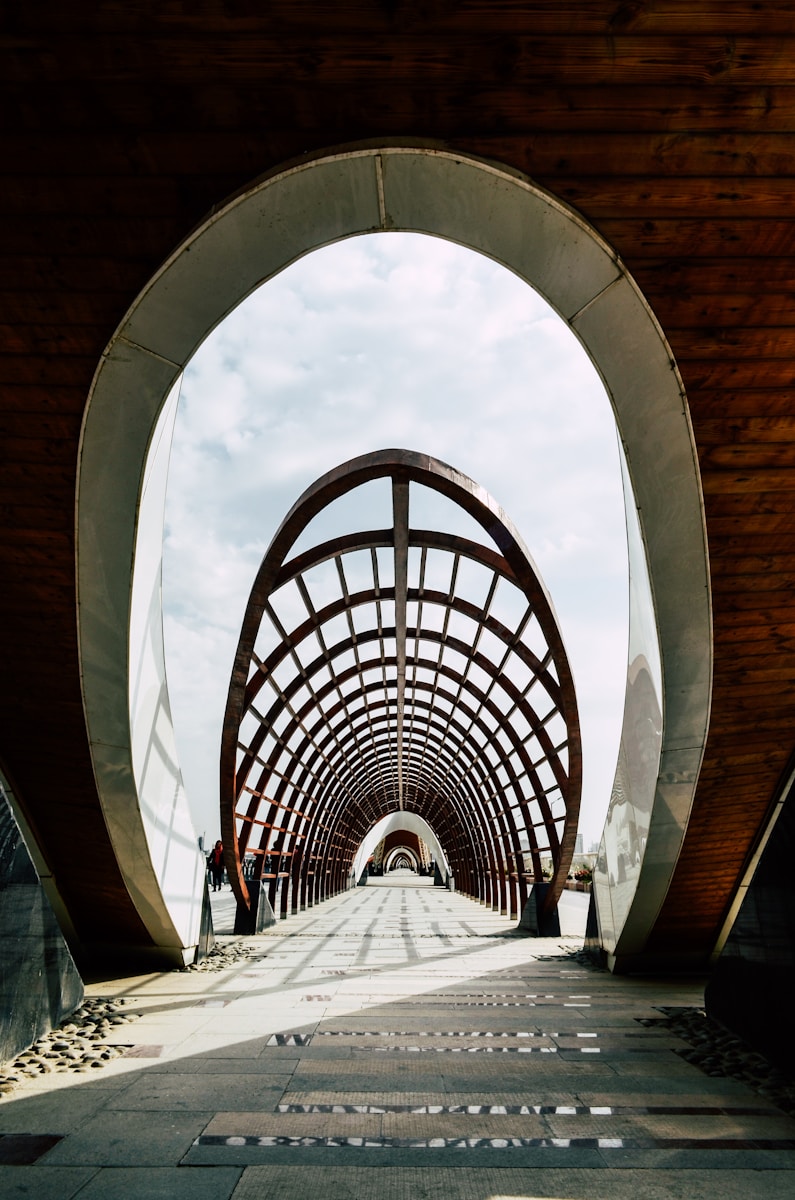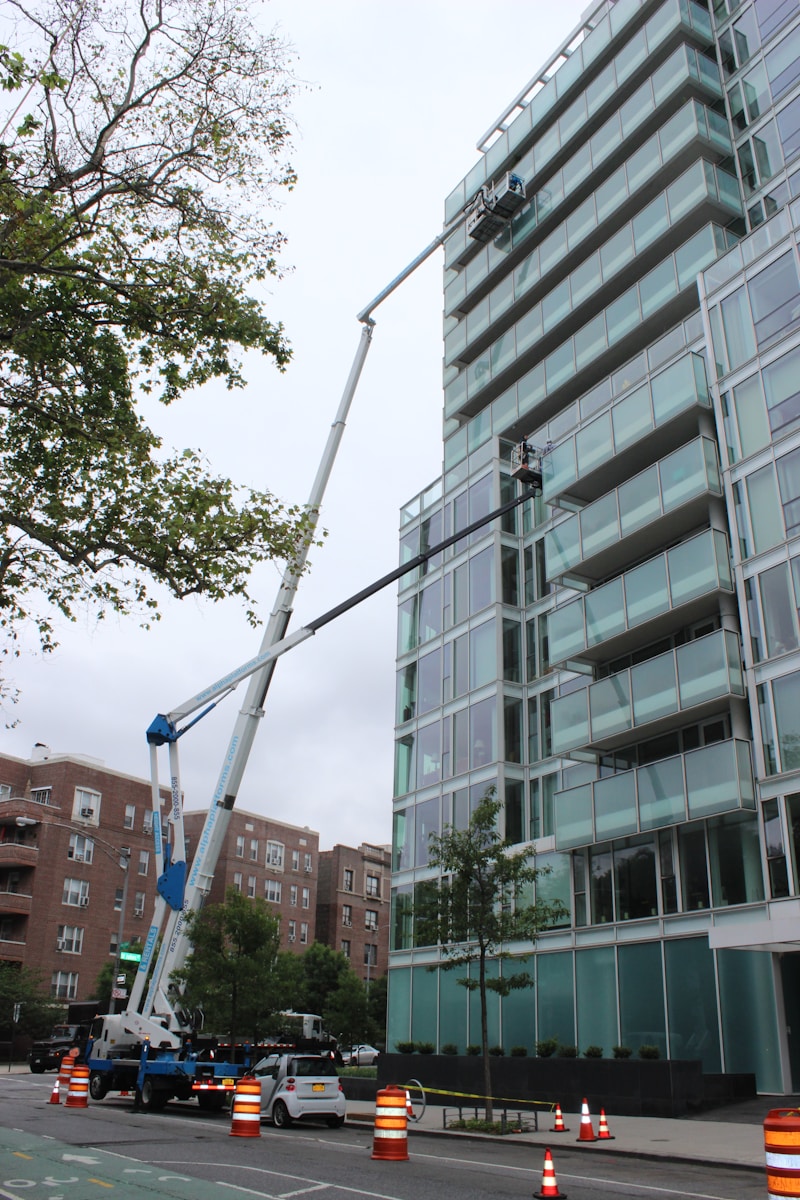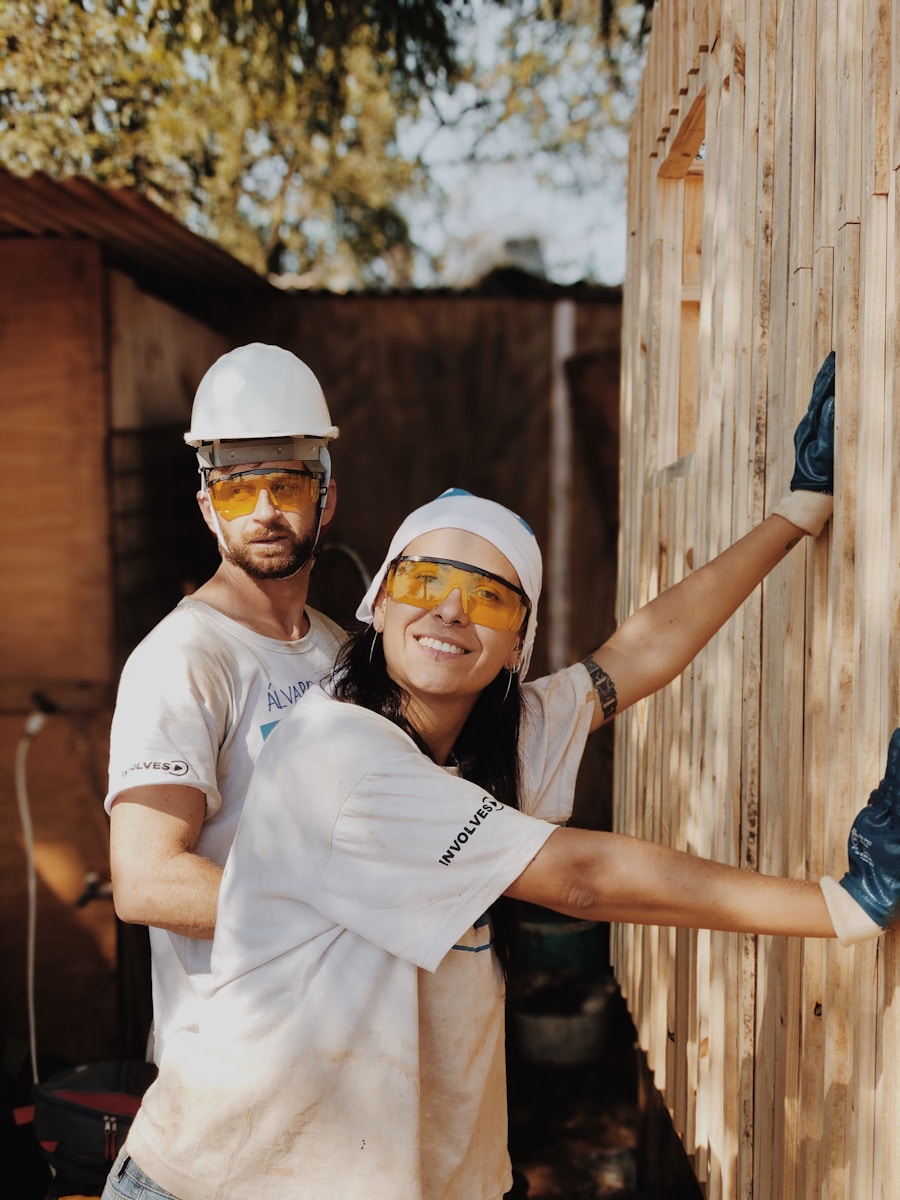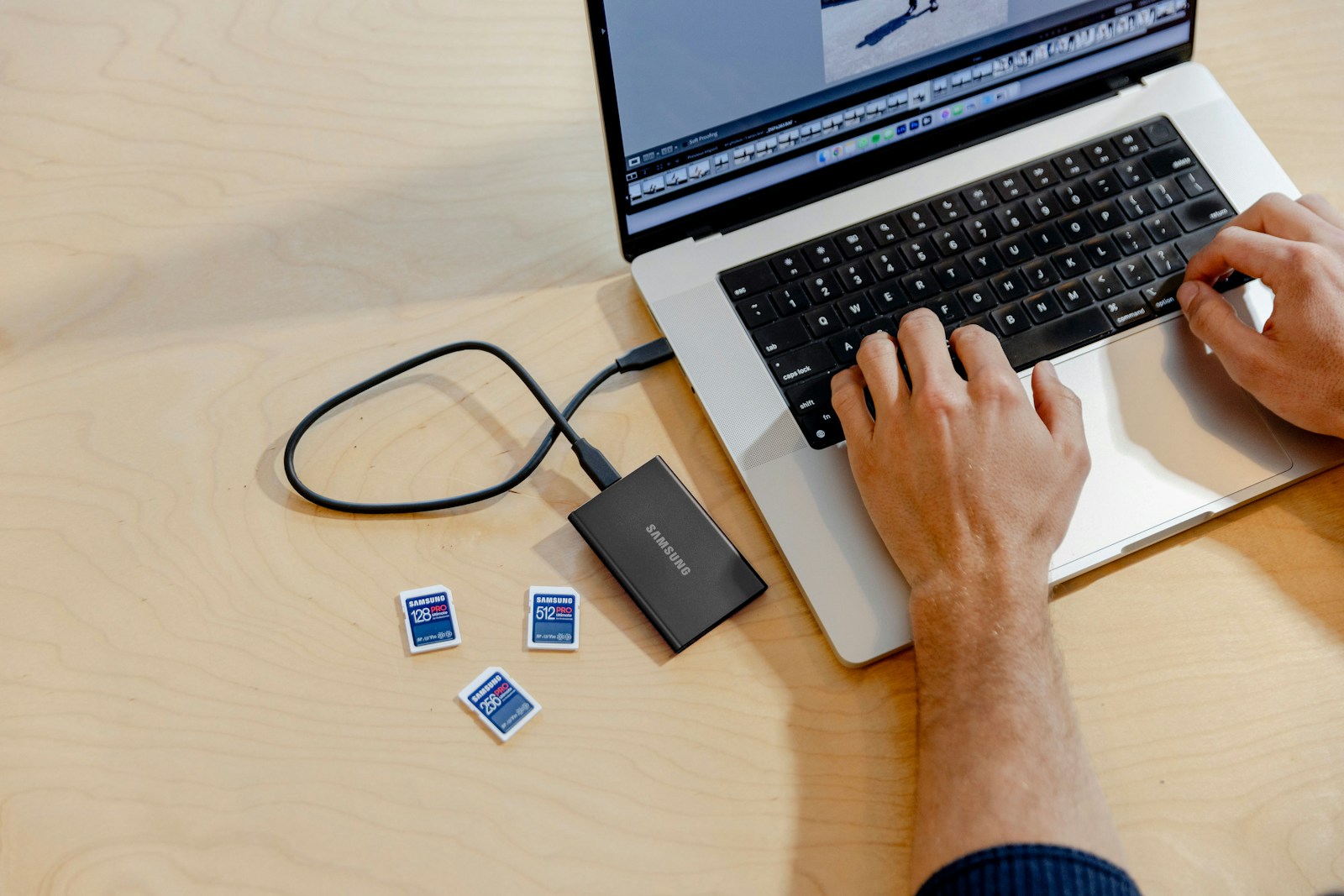Integrating Advanced Technology for a Greener Future
Introduction: Embracing Digital Twins in Construction
The use of digital twins in construction can facilitate the integration of sustainable design principles, optimizing energy usage and reducing environmental impact. Digital twins are virtual replicas of physical structures that enable real-time monitoring and simulation of various scenarios. In the construction industry, they provide a comprehensive view of a building’s lifecycle, from design and construction to operation and maintenance.
In regions like Saudi Arabia and the UAE, where there is a significant focus on sustainable development, cities such as Riyadh and Dubai are leading the way in adopting digital twin technology. This article explores how digital twins can revolutionize construction, promoting sustainability and energy efficiency.
Transforming Construction with Digital Twins
Digital twins offer a transformative approach to construction by providing a detailed and dynamic model of a building. This model allows architects, engineers, and construction managers to simulate different design scenarios, identify potential issues, and optimize solutions before actual construction begins. By incorporating digital twins, construction projects can be completed more efficiently, with fewer errors and rework, ultimately saving time and resources.
In Riyadh and Dubai, digital twins are being used to plan and execute large-scale construction projects. For example, they enable the precise alignment of building components, reducing material waste and ensuring high-quality construction. Moreover, digital twins facilitate better collaboration among stakeholders by providing a shared, real-time view of the project. This collaborative approach ensures that all parties are aligned with the project’s goals and can make informed decisions based on accurate data.
Furthermore, digital twins support predictive maintenance by continuously monitoring the building’s performance. Sensors embedded in the structure collect data on various parameters such as temperature, humidity, and energy consumption. This data is then fed into the digital twin, allowing facility managers to identify potential issues and address them proactively. This predictive capability extends the building’s lifespan and reduces maintenance costs.
Promoting Sustainable Design Principles
One of the most significant benefits of digital twins in construction is their ability to facilitate the integration of sustainable design principles. By simulating different design options, digital twins help architects and engineers evaluate the environmental impact of each option and choose the most sustainable solution. This approach ensures that buildings are designed with energy efficiency and environmental conservation in mind.
In cities like Riyadh and Dubai, where sustainability is a key priority, digital twins are being used to design buildings that minimize energy consumption and reduce carbon footprints. For instance, digital twins can simulate the effects of natural lighting and ventilation, allowing designers to optimize these elements for maximum energy savings. They can also model the performance of renewable energy systems, such as solar panels and wind turbines, to determine the most effective configuration for each building.
Additionally, digital twins enable the implementation of green building standards, such as LEED and BREEAM, by providing detailed insights into the building’s energy performance and environmental impact. This capability ensures that new constructions meet stringent sustainability criteria and contribute to the overall goal of reducing environmental impact.
Optimizing Energy Usage and Reducing Environmental Impact
Digital twins play a crucial role in optimizing energy usage and reducing the environmental impact of buildings. By providing real-time data on energy consumption, digital twins enable facility managers to identify inefficiencies and implement corrective measures. This data-driven approach ensures that buildings operate at peak efficiency, reducing energy waste and lowering operational costs.
In the UAE and Saudi Arabia, where energy efficiency is a national priority, digital twins are being used to optimize the performance of commercial and residential buildings. For example, digital twins can analyze the energy usage patterns of a building and suggest adjustments to the HVAC system, lighting, and other energy-consuming systems. These adjustments can significantly reduce energy consumption and contribute to the overall goal of sustainability.
Moreover, digital twins support the integration of smart building technologies, such as IoT devices and AI algorithms, to further enhance energy efficiency. IoT sensors collect data on various environmental parameters, while AI algorithms analyze this data to identify patterns and make recommendations for optimizing energy usage. This integrated approach ensures that buildings are not only energy-efficient but also adaptable to changing conditions.
Conclusion: Leading the Way to a Sustainable Future
The use of digital twins in construction represents a significant advancement in the quest for sustainable design and energy optimization. By providing detailed insights into the performance of buildings, digital twins enable architects, engineers, and facility managers to make informed decisions that promote sustainability and reduce environmental impact. As cities like Riyadh and Dubai continue to embrace technological innovations, the integration of digital twins with AI and IoT will drive substantial improvements in construction practices and building performance.
Business executives, mid-level managers, and entrepreneurs must recognize the potential of digital twin technology and explore how it can be leveraged to achieve better construction outcomes. By staying at the forefront of this technology, organizations can position themselves as leaders in sustainable development and contribute to the overall well-being of their communities.
#DigitalTwins #ConstructionTechnology #SustainableDesign #EnergyOptimization #EnvironmentalImpact #SaudiArabia #UAE #Riyadh #Dubai #ArtificialIntelligence #Blockchain #ExecutiveCoaching #GenerativeAI #ModernTechnology #BusinessSuccess #LeadershipSkills #ProjectManagement

